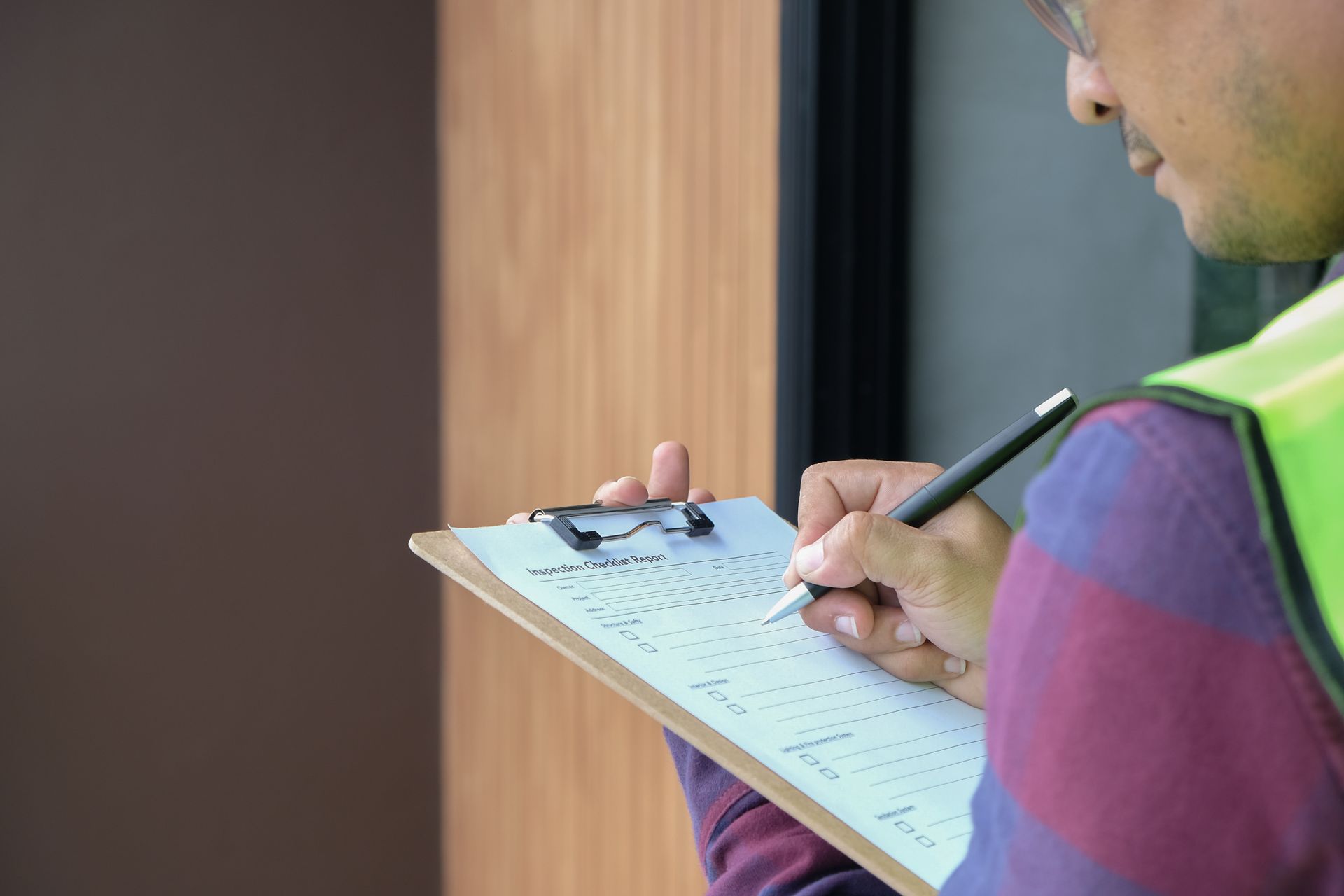Construction is considered one of the most dangerous industries for workers worldwide. Of all industry-related incidents tracked across the United States, construction sites experienced the highest number of fatalities.
Therefore, focusing on workplace safety is greatly important to preserving the health and safety of your crew.
Workplace safety and education can also lead to additional benefits, including reduced business liabilities, increased productivity, and OSHA compliance.
There are many solutions available to increase construction crew safety, ranging from educational programs to crew management software.
However, the foundation of any crew safety program starts with a construction site safety checklist, which identifies whether or not your crew is actually complying with proper safety procedures.
While many online forms exist, we’ll discuss the importance of drafting your own construction site safety checklist and why working with a construction safety consultant can help you draft the right plan.
The Importance of Construction Safety Inspection Forms
Construction safety inspections are essential part of maintaining proper OSHA compliance and ensure that your workplace is free of hazards.
The construction site safety checklist serves as a guide for inspectors to properly audit and examine your worksite for all potential hazards and to determine if workers are following proper protocols.
Far from being a reactive tool, construction site safety checklists are a proactive tool to mitigate risks and promote a culture of safety.
In turn, your checklist will ensure that:
- Construction sites are free of hazards.
- All crew members wear proper personal protective equipment (PPE) when working on site.
- All construction equipment, including mechanical and electrical equipment, is in good condition and free of hazards.
- Procedures are drafted for checking into worksites and complying with all prescription measures.
- Emergency procedures are available and understood by all crew members.
The Top Worksite OSHA Violations
One reason construction site safety checklists are so important is that many crews have sloppy procedures, which lead to so many incidents.
The Occupational Safety and Health Administration (OSHA) sets forth regulations to prevent workplace hazards and accidents. Yet, despite stringent guidelines, worksite violations still occur with alarming frequency. Understanding the common pitfalls can help construction companies fortify their safety protocols.
Among the top OSHA violations in the construction industry are:
- Fall Protection: Studies show that falls account for 40% of all workplace fatalities–by far the number one source of accidents.
- Scaffolding Safety: Similarly, proper scaffolding safety was identified as one of the biggest hazards in the construction industry.
- Hazard Communication: Failure to adequately communicate chemical hazards is another common source of accidents on worksites.
- Respiratory Protection: Inhaling harmful substances, even large amounts of dust and debris, is a prevalent risk on construction sites.
- Ladder Safety: Misuse of ladders accounts for numerous injuries annually.
Your construction safety checklist should address several other areas of concern, which we will discuss below.
What to Include in Your Construction Safety Checklist
A construction site safety checklist should be a robust document that ensures that worksites are free of hazards, from malfunctioning equipment to poor worker procedures. When drafting a construction safety plan, include the following elements:
- Personal Protective Equipment (PPE): Ensure that all workers have access to and wear appropriate PPE, such as hard hats, safety goggles, gloves, and steel-toed boots.
- Fall Protection Measures: Implement guardrails, safety nets, and harnesses to prevent falls from heights.
- Scaffold and Ladder Safety: Inspect scaffolds and ladders for stability and integrity before each use.
- Electrical Safety: Identify and mitigate electrical hazards, including exposed wires and overloaded circuits.
- Hazard Communication: Clearly label hazardous materials and provide workers with access to safety data sheets (SDS).
- Emergency Preparedness: Establish emergency evacuation procedures and ensure that all workers are familiar with them.
- Tool and Equipment Safety: Regularly inspect tools and equipment for defects and provide proper training on their safe use.
- Site Security: Control access to the site to prevent unauthorized entry and theft of materials.
Additionally, your inspection form should include other fields, such as the inspection date, the people responsible for the inspection, proper compliance with OSHA rules, and other general housekeeping procedures.
Regularly review and update your construction site safety checklist to reflect evolving hazards and regulatory requirements. Conducting routine quality assurance inspections will also ensure that all procedures are being followed properly.
Why Hire a Safety Plan Consultant
While developing a construction site safety checklist is crucial, navigating the intricacies of safety regulations–especially OSHA regulations–can be daunting. That’s where a safety plan consultant can offer invaluable expertise.
A seasoned consultant can:
- Conduct thorough risk assessments to identify potential hazards.
- Customize safety protocols to suit the unique needs of your project.
- Provide ongoing training and support to ensure compliance.
- Keep abreast of regulatory changes and update your safety plan accordingly.
Investing in a safety plan consultant not only enhances worker safety but also safeguards your company against costly penalties and litigation. As another added bonus, it gives crew managers one less thing to worry about.
A well-crafted construction site safety checklist is the cornerstone of a safe and productive work environment. By prioritizing worker safety, adhering to regulatory standards, and seeking expert guidance when needed, construction companies can build a culture of safety and limit workplace accidents.
FAQs
How often should I update my construction site safety checklist?
It’s recommended to review and update your safety checklist at least annually or whenever significant changes occur in the project scope or regulations.
What should I do if a worker violates safety protocols?
Address safety violations promptly through corrective action, which may include retraining, disciplinary measures, or removal from hazardous tasks.
Can technology assist in safety management?
Yes, various technologies such as wearables, drones, and digital safety management systems can enhance safety monitoring, hazard identification, and communication.

